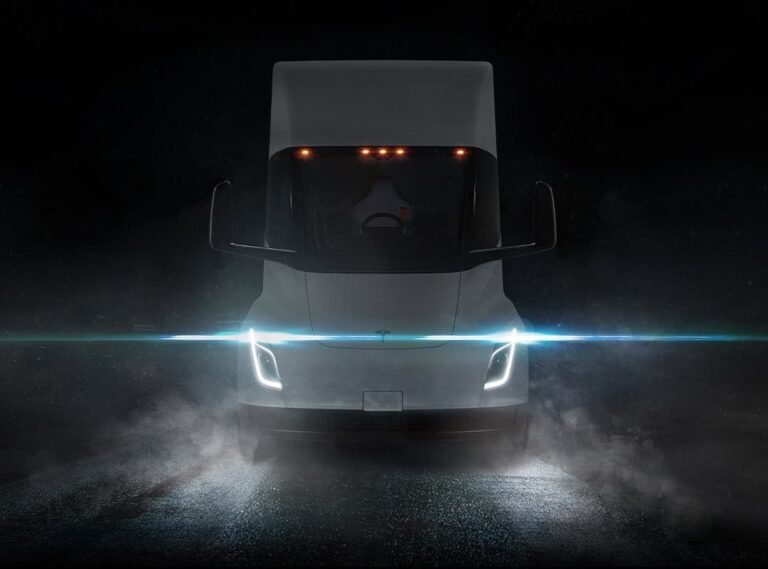A major change to Australia’s design rules promises to be a “game-changer” for Australia’s transition to electric freight transport.
The new rule announced by the Federal Government will allow wider trucks on Australian roads, bringing the country in line with overseas markets and removing one of the major barriers to the domestic uptake of heavy-duty electric trucks, as most overseas-made models were just a few centimeters too wide to fit in. Previous Australian Standards.
“This safer freight vehicle package responds to direct calls from industry to increase maximum truck widths and follows extensive public consultation and feedback,” said Carol Brown, Federal Assistant Minister for Infrastructure and Transport.
“These changes will be a real game-changer for the industry, businesses and other road users, saving lives by adopting technology to reduce the likelihood of accidents, while reducing freight costs and supporting better environmental outcomes.”
The change increases the maximum overall width from 2.50 to 2.55 meters for new trucks, as long as they are equipped with safety features such as side guards and blind spot reduction devices.
This has been an issue that groups like the Electric Vehicle Council (EVC) have been working on for a number of years, as the 2.50 meter limit has severely hampered options for bringing heavy electric vehicles into Australia.
“Increasing the supply limit for trucks brings Australia in line with key overseas markets, such as the EU, which is vital if we are to increase the supply of electric trucks on our roads,” EVC CEO Behiad Jafari said.
“A lack of adherence to international regulations has restricted the supply of electric trucks to Australia. Harmonizing these standards will make it easier and cheaper for Australian operators to access electric trucks, while also improving productivity, charging efficiency and safety.”
For example, Tesla warned in 2021 that its electric semi trucks would not be able to launch in Australia as they were only 30 to 50 mm wider than the limit.
The maximum truck width in the US is 2.6 meters and in the EU 2.55 metres.
Other transport bodies such as the Australian Heavy Vehicle Industry and the Trucking Industry Council (TIC) have welcomed the announcement.
“Allowing 2.55m wide vehicles on Australian roads means these vehicles can be fitted with the latest safety technology and, importantly, will lead to a faster rollout of zero-emission vehicles in Australia,” TIC CEO Tony McMullan said.
The change will be especially beneficial for light trucks. According to a 2022 report by EVC and the Australian Trucking Association, vehicles based on EU or US market designs make up about 60 per cent of new heavy trucks, and the cost of redesigning them for the Australian market is estimated at AU$15 million to AU$30 million each. year.
“This is an important step in our journey towards safer and cleaner transport solutions,” said Paul Elmer, Vice President of Emerging Technologies at Volvo Group Australia.
“We applaud the hard work of industry bodies to ensure Australians enjoy the same progress on safety and emissions standards as many other developed markets around the world.
“We hope to see continued momentum in other areas such as universal axle loading to accelerate the uptake of zero-emission vehicles here in Australia and help the Federal Government achieve its net zero targets.”
However, this is not the only challenge facing electric trucks in Australia. In May, Volvo Trucks sought to change Australia’s front axle weight limit from 6.5 tonnes to 7.5 tonnes for electric trucks. These weight rules are unique in the world and have been called “arbitrary.”
“With electric truck adoption accelerating around the world, it is important that Australia stops being left behind. “Increasing the supply limit is a great first step, but we need to maintain the momentum to support the electrification of trucks in our country,” Aljaafari says.
“We encourage the Federal Government to build on this announcement by introducing a mass concession (one tonne minimum) for electric trucks, making it cheaper and attractive to Australian businesses wanting to adopt this technology.
“More broadly, we need a national electric heavy vehicle strategy that sets out a plan to decarbonise our heavy vehicle fleet in the long term.”





